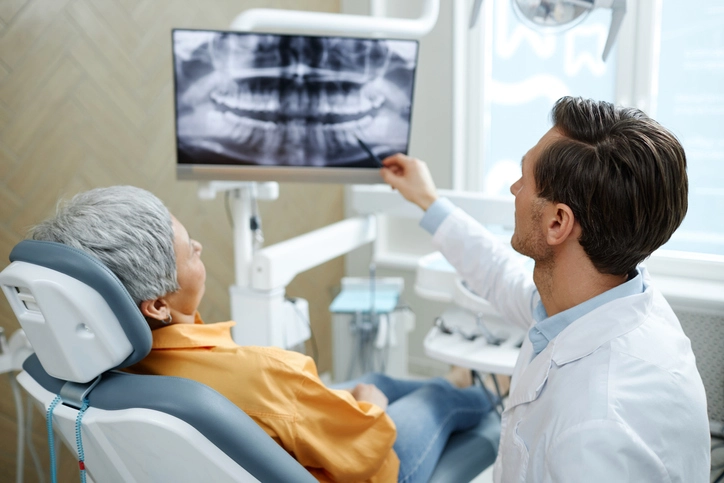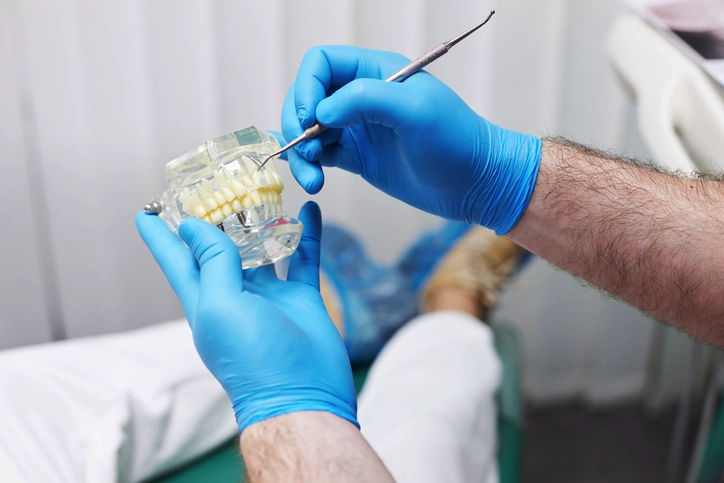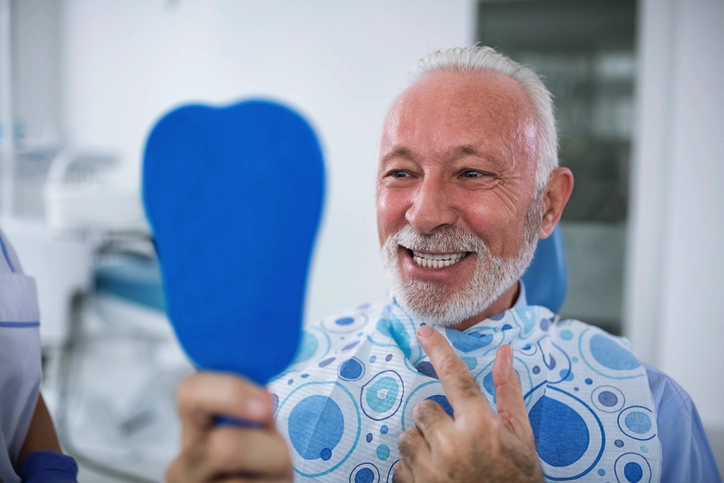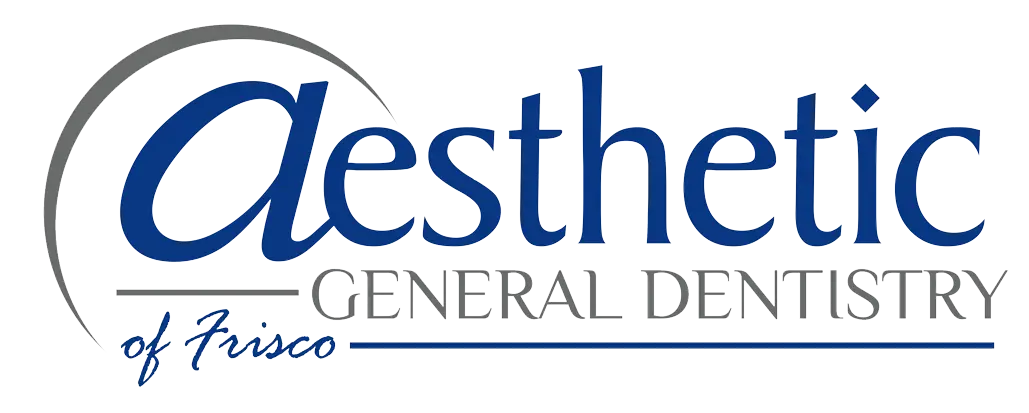Bone Grafting in Frisco, TX
We’re Your Trusted Destination for Top-Quality Bone Grafting in Frisco, TX & Nearby Areas
Are you dealing with bone loss due to a traumatic injury or tooth extraction in the Frisco, TX area? Bone grafting can be a great way to help rebuild that lost bone structure and improve oral health.
Not only are our experienced Frisco dentists extensively trained in this advanced procedure, but they also offer patients both traditional and minimally invasive techniques—allowing for an optimum result while reducing discomfort and recovery time.
Our experienced team provides personalized care plans tailored to each patient’s individual needs so that they can receive the best quality treatment and thoughtful aftercare possible.
With us, not only will you benefit from a first class experience—you’ll also have peace of mind knowing that your diagnosis has been made by an expert who specializes in this particular type of dental technique.


What is Bone Grafting?
A bone graft is a surgical procedure that plays a crucial role in various dental treatments, particularly in implantology and periodontal therapy. At Aesthetic General Dentistry of Frisco, we often utilize bone grafting to enhance the success of dental implants or to address bone loss resulting from periodontal disease.
Understanding what a bone graft is and how it works is essential for patients considering dental procedures that involve this technique.
- Autografts: Bone taken from the patient’s own body, often from another area of the jaw or hip.
- Allografts: Bone sourced from a human donor.
- Xenografts: Bone grafts from animal sources, typically bovine.
- Synthetic Bone Grafts: Man-made materials that mimic the properties of real bone.
Purpose of Bone Grafting
Bone grafting is primarily used to increase the volume or density of bone in a specific area of the jaw. This becomes necessary when there isn’t enough bone to support dental implants or when bone loss has occurred due to periodontal disease, tooth loss, or trauma. A successful bone graft creates a more solid base for dental implants, ensuring their longevity and stability.
Request AppointmentTypes of Bone Grafts
There are several types of bone grafts, categorized based on the source of the graft material:

Recovery and Integration
Post-procedure, the graft material begins to integrate with the existing bone, a process that can take several months. During this time, the new bone grows and strengthens, providing a robust foundation for future dental implants or restoring the integrity of the jawbone.
Request Appointment
Benefits of Bone Grafting
Bone grafting is beneficial in preserving the jawbone structure after tooth loss, preventing further bone deterioration, and making it possible to place dental implants in patients who otherwise wouldn’t have enough bone. This procedure is a vital step in ensuring the long-term success of dental implants and overall oral health.
At Aesthetic General Dentistry of Frisco, we provide comprehensive consultations to determine if bone grafting is necessary for your dental treatment and to discuss the options available. Our experienced team ensures that patients understand the procedure and are comfortable with the plan, ensuring the best possible outcomes.
Request Appointment
The Procedure of Bone Grafting
Bone grafting at Aesthetic General Dentistry of Frisco is a meticulous procedure tailored to enhance oral health and prepare for further dental treatments like implants. The process begins with a thorough consultation, where we assess your oral health and discuss the necessity and type of bone graft.
During the procedure, under local anesthesia for comfort, an incision is made in the gum tissue to expose the underlying bone that needs reinforcement. The chosen graft material – either from your body, a donor, an animal source, or synthetic – is then precisely placed in the required area. In some cases, a collagen membrane may be used to protect the graft and encourage bone regeneration.
After placing the graft, the incision is sutured closed. The healing process, where the graft fuses with your natural bone, can take several months. During this time, the new bone grows and strengthens, providing a stable foundation for future dental work like implants.
Qualifying for Bone Grafting
At Aesthetic General Dentistry of Frisco, determining if you qualify for a bone graft is a crucial step in your dental care journey. The primary qualification for bone grafting is a need for additional bone support, typically for dental implant placement or to address bone loss. Patients who have experienced bone deterioration due to periodontal disease, tooth loss, or injury are often ideal candidates.
During your consultation, we assess your oral health, including the density and volume of your jawbone, using advanced imaging techniques. A comprehensive review of your dental and medical history is also essential to ensure there are no health conditions that might affect the success of the grafting procedure.
Good overall health and adequate oral hygiene are important factors for qualifying for a bone graft. Conditions such as uncontrolled diabetes or habits like smoking may affect the healing process and need to be discussed and managed accordingly.
At our practice, we thoroughly evaluate each patient’s specific needs and conditions to determine their suitability for a bone graft, ensuring the best possible outcomes for their dental health and treatment goals.






What to Expect with Bone Grafting
When undergoing a bone grafting procedure at Aesthetic General Dentistry of Frisco, you can expect a well-structured and patient-centered experience. Initially, you’ll receive a detailed consultation to assess your oral health and explain the necessity and specifics of the grafting procedure.
During the procedure, you’ll be given local anesthesia to ensure comfort. The dentist will then make an incision in the gum to access the bone area that requires augmentation. The selected graft material, which could be from your body, a donor, an animal, or synthetic, is then carefully placed. The site is sutured closed after the graft is in place.
Post-procedure, some swelling and discomfort are normal but manageable with prescribed pain medication. Healing time varies, but the bone typically takes several months to integrate fully with the graft material. This process is essential for the stability and success of future dental implants or restoration work.
Throughout the process, our team at Aesthetic General Dentistry of Frisco ensures you are informed, comfortable, and cared for, providing clear instructions for post-procedure care and follow-up appointments to monitor your healing and progress.
Sinus Lift Procedure
A sinus lift, also known as sinus augmentation, is a surgical procedure performed at Aesthetic General Dentistry of Frisco to increase the amount of bone in the upper jaw, specifically in the area of your molars and premolars. It’s often necessary when the sinus wall is too close to the jaw for dental implants to be placed safely.
During the procedure, the sinus membrane is gently lifted, and bone graft material is inserted into the space created. This process allows for secure implant placement while ensuring the integrity of the sinus. It’s a critical step for patients with bone loss in the upper jaw and a key part of ensuring the long-term success of dental implants.
FAQs on Bone Grafting
- Is bone grafting safe?
Bone grafting is a safe and common procedure when performed by experienced dental professionals. Complications are rare, and we ensure the highest safety standards. - How long does it take to heal from a bone graft?
Healing times vary, but typically it takes a few months for the graft to fully integrate with your natural bone. - Will I feel pain during the bone grafting procedure?
The procedure is performed under local anesthesia, so you shouldn’t feel pain during the surgery. Some discomfort post-procedure is normal but manageable. - What are the sources of bone graft material?
Bone grafts can come from your own body, a donor, animal sources, or be made of synthetic materials. - How does bone grafting benefit dental implant procedures?
Bone grafting creates a solid foundation for dental implants, especially in cases where there’s insufficient natural bone. - Are there any special care instructions after a bone graft?
Post-procedure care includes following good oral hygiene practices and possibly taking prescribed medications to aid healing and prevent infection.
Begin Your Journey to a Healthier Smile with Bone Grafting
Are you considering dental implants but concerned about bone loss? Aesthetic General Dentistry of Frisco is here to guide you through the process of bone grafting, a vital step towards a successful implant procedure.
Contact us today to schedule a consultation, where we’ll assess your needs and discuss how bone grafting can provide the foundation for a healthier, more confident smile.
